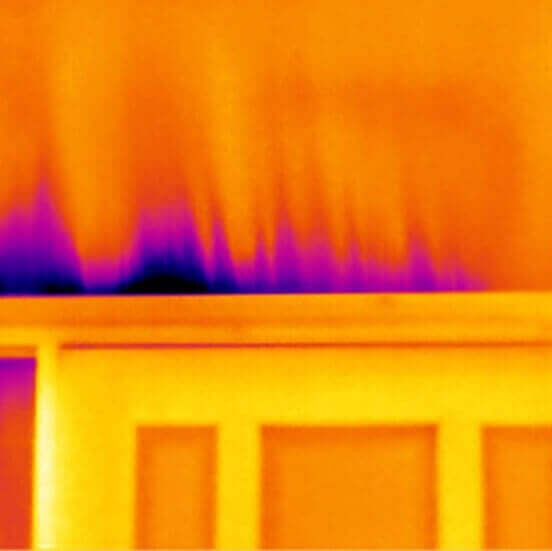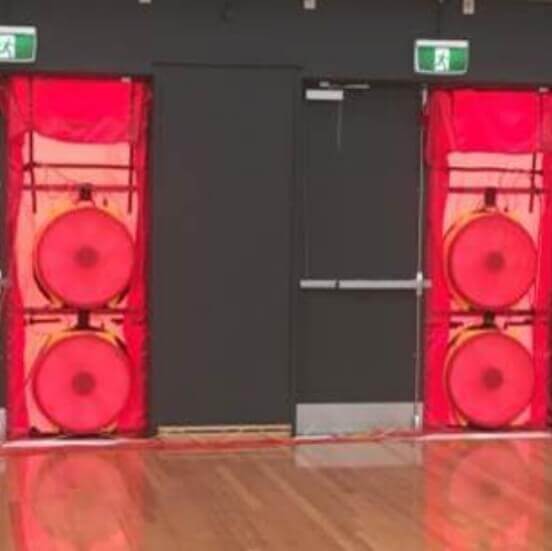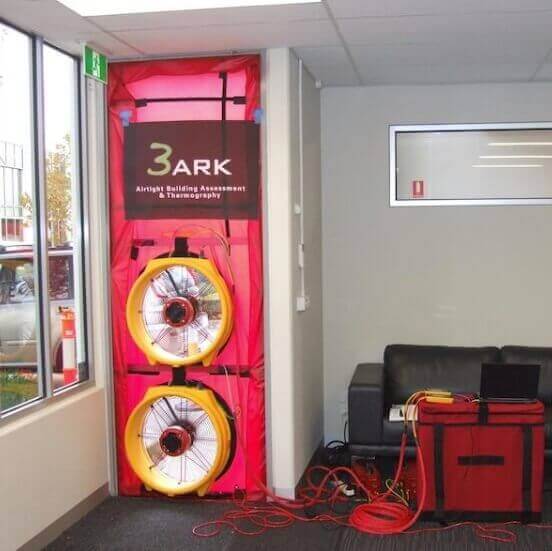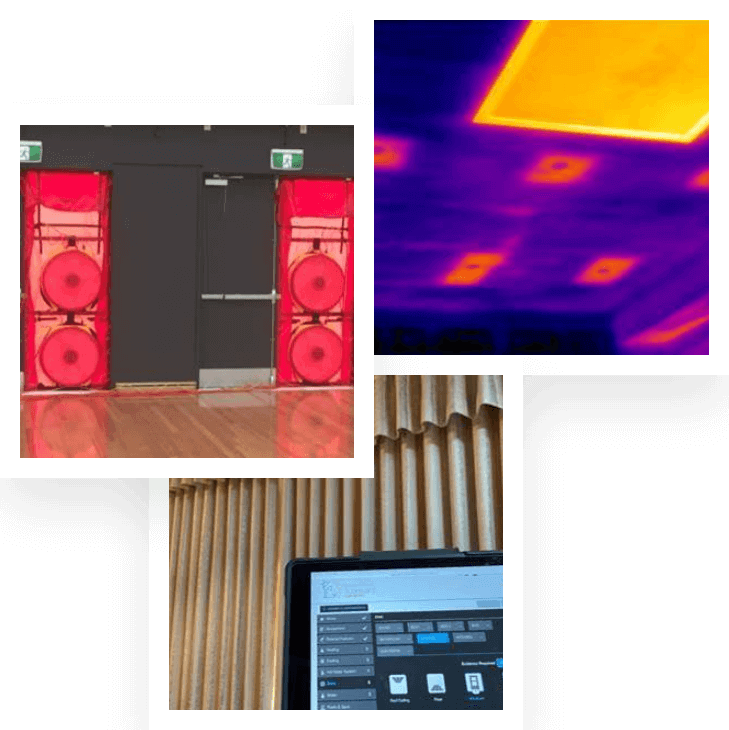Building Inspections: Infrared Thermal Imaging and Airtight Testing
Infrared thermal imaging and airtightness testing Australia methods are used during building diagnostics.
Infrared thermal imaging detects moisture or temperature differences in structures that are hard to spot with the naked eye. Meanwhile, air tightness testing determines how much air is lost due to cracks and other openings in a building enclosure.
Building airtightness testing and thermal imaging survey inspection results combined can reveal even minor faults in a building.


Understanding the Role of Airtightness Testing
Air tightness testing Australia is a way to figure out how much air leaks out of a building’s fabric.
The building envelope’s walls, floors, and roof determine the rate of air leakage, measured by this test.
The test is done by measuring the difference in pressure between the inside and outside of the building when all doors and windows on the outside are closed and all door entries on the inside are open.
Infrared Thermal Imaging in a Building Inspection
Whether new or old, infrared thermal imaging can detect issues in a building’s fabric for both residential and commercial properties. They can find problems outside a structure, such as missing or deteriorating insulation in cladding or cavity walls.
This method allows for the visualisation and measurement of temperature differences across surfaces. To top that, it also enables imaging across extensive surface regions. It is also non-contact and non-destructive—both qualities that are crucial and useful in specific applications, such as during electrical inspections.
To identify potential hidden dangers, insurance companies use thermal imaging surveys to check old electrical and mechanical systems in buildings.
Why Is Thermal Imaging Important?
Through thermal imaging surveys, a wide range of common building defects will be detected in the process. It can help identify air leakage pathways, construction faults, interior and exterior moisture problems, leakage in flat roofing, damp areas, and leaking pipes.
Thermal imaging is a great way to save on costs when doing restoration work or building renovations since it will be easier for you to identify the parts of a building that require improvement and restoration.
Other Uses of Thermal Imaging
Apart from checking issues on the building envelope, thermal imaging can also be used to identify a range of Heating Ventilation and Air Conditioning (HVAC) systems and plumbing issues.
Below are some common ways that plumbers utilise thermal imaging:
-
- Identify the source of water leaks, both from hot and call pipes
- Determine energy leakage through building’s envelope
- Get the water’s temperature
- Locate hidden moisture in walls
- Look for bathtub and shower seal leaks


Combining Thermal Imaging and Airtightness Testing Results
During construction or renovation, airtightness testing and infrared thermal imaging are essential quality control measures for homes and businesses. Because of this, air tightness testing and thermal imaging survey inspections work well together to find problems in a building.
A thermal imaging camera can reveal patterns of heat loss that the human eye can’t see. Building Airtightness Testing alone makes it challenging to find small air leaks. Air tightness testing and thermal imaging are two methods that work well together to find air leaks in a building quickly, and provide images of issue that can be documented, shared and referred to.
Book 3ARK'S Infrared Thermal Imaging and Airtightness Test Services
Let the 3ARK team know if you want us to do an Airtightness building test and a thermal imaging assessment to help you diagnose problems in your residential or commercial buildings.
We are Level 1 qualified and experienced Thermographers – specialists that provide insulation and other inspections to the Greater Melbourne area, Geelong Area, Mornington Peninsula, and Victoria.
You may call us at 1300 360 673 or fill out the online form on our site if you want more information about our airtightness test and infrared thermal imaging services.
